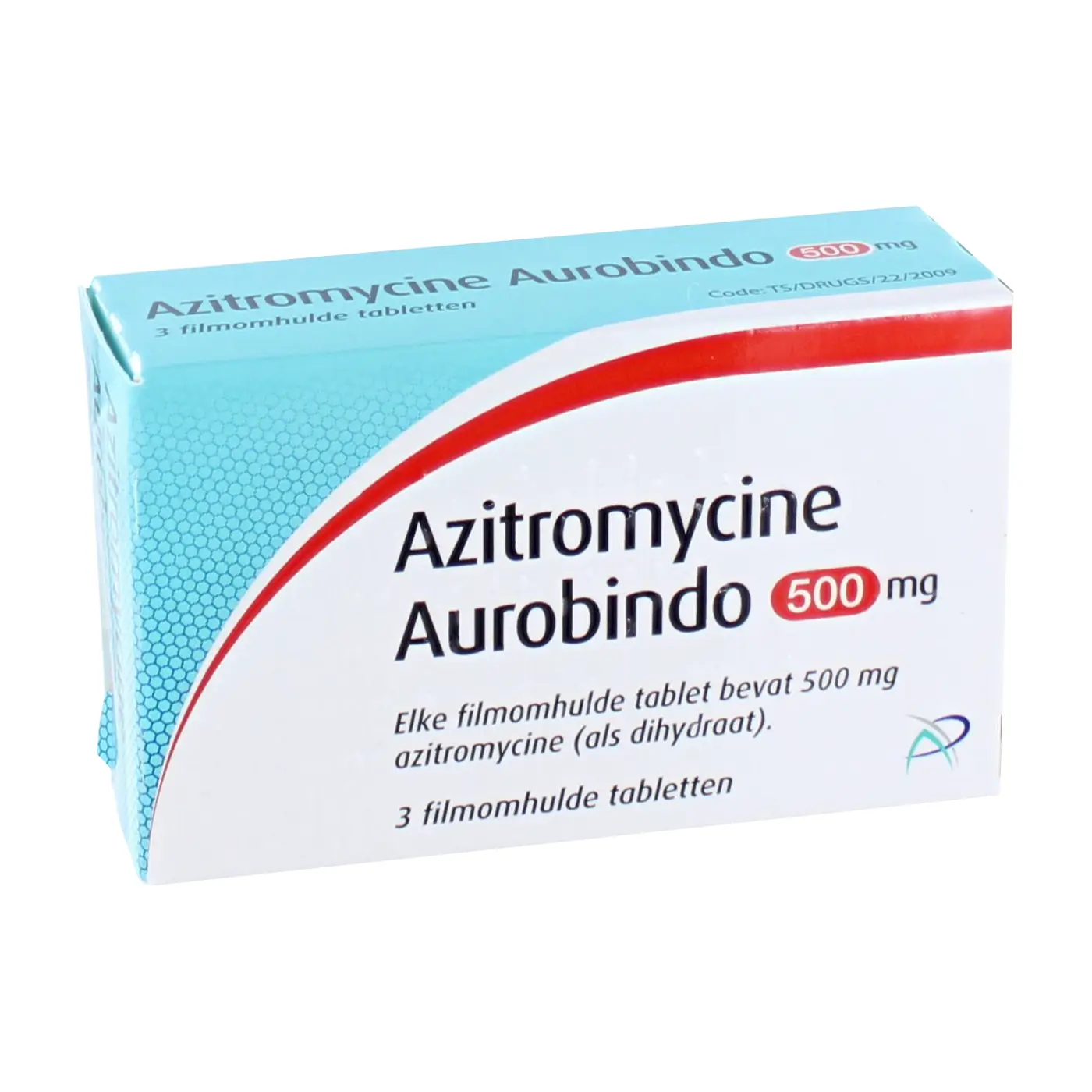Why Choose Azithromycin?
Rapid Delivery: Azithromycin IV provides a fast and effective way to deliver antibiotics, crucial for severe infections. This is particularly beneficial when patients are unable to take oral medications or require a rapid response to treatment.
High Concentration: The intravenous route allows for higher concentrations of the drug to reach the bloodstream. This ensures that the infection is targeted effectively, leading to faster recovery and improved outcomes.
Suitable for Severe Cases: Azithromycin IV is ideal for treating severe infections that require hospitalization or intensive care. It provides a reliable and potent treatment option when other forms of medication are not sufficient.
Convenient Administration: IV administration simplifies treatment, especially for patients with difficulty swallowing. This ensures that the medication is delivered effectively, regardless of the patient's ability to take oral medications.
Effective Against Resistant Bacteria: Azithromycin IV can be a valuable tool in combating antibiotic-resistant bacteria. Its potent delivery and broad spectrum of activity make it a reliable option when other antibiotics are ineffective.
Monitored Treatment: IV administration allows for close monitoring of the patient's response to treatment. Healthcare professionals can adjust the dosage and rate of delivery as needed to optimize therapeutic outcomes.
Always follow your doctor’s instructions for the best results and safety.


